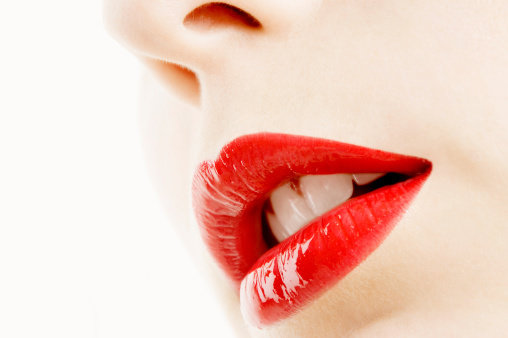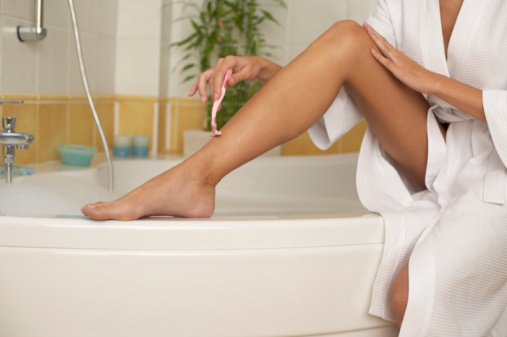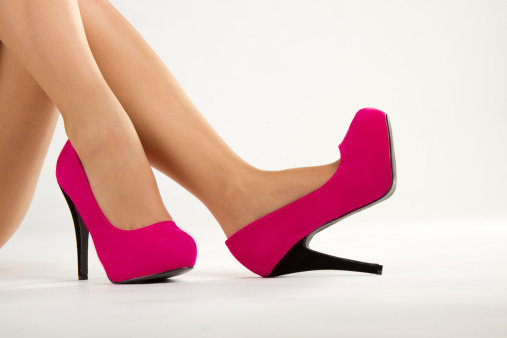For me, putting on makeup and practicing other beauty routines have become such a part of my everyday life that I pretty much go through the motions without even questioning it. But now, a new video courtesy of Buzzfeed is exploring the history behind lipstick, high heels, and other beauty staples–and it's definitely not what you'd expect.
Read more ¿Qué más?: 6 Ways to melt-proof your makeup
The clip rounds up some of the strange facts behind where these modern practices came from and believe me, you'll never be able to guess the answers. Below, check out six weird facts you didn't know about the history of our beauty routines:
Bikini

In 1946, the term "bikini" was coined by Louis Reard, who named the swimsuit after Bikini Atoll, where testing on the atomic bomb took place. Reard chose the name “bikini” because he believed the suit's revealing style would create controversy among people similar to their shock and surprise in response to America’s atomic bombing of Japan the previous summer.
Lip Color

How did Cleopatra add some color to her lips? She used to stain them with ground beetles! Yeah, that grosses me out too.
Red Lips

From the Dark Ages until the 1910s, pale lips were actually all the rage. In fact, wearing red lipstick during that time actually signified prostitution!
Shaving

Women only started shaving after sleeveless dresses with short hemlines became fashionable in the 1920s, spurring females to get rid of "objectionable hair."
High heels

Ever wonder why heels are so impractical and sometimes downright painful to walk in? That's because they were made for men riding horses, not for normal strolling. Women didn't adopt the shoe until the 1630s and the pinup craze later on spurred the more modern styles of heels.
Tanning

In Western countries before the 1910s, women actually went to great lengths to avoid getting tanned skin, because it was associated with the lower classes, who worked outdoors and were exposed to the sun. After it was found that Vitamin D from the sun could actually cure some diseases, "sunbathing" became an activity of leisure. But it really took off in the 1920s, when fashion designer Coco Chanel accidentally got sunburnt while visiting the French Riviera. When she arrived home, she arrived with a suntan and her fans apparently liked the look so much, they started to go tanning themselves!

